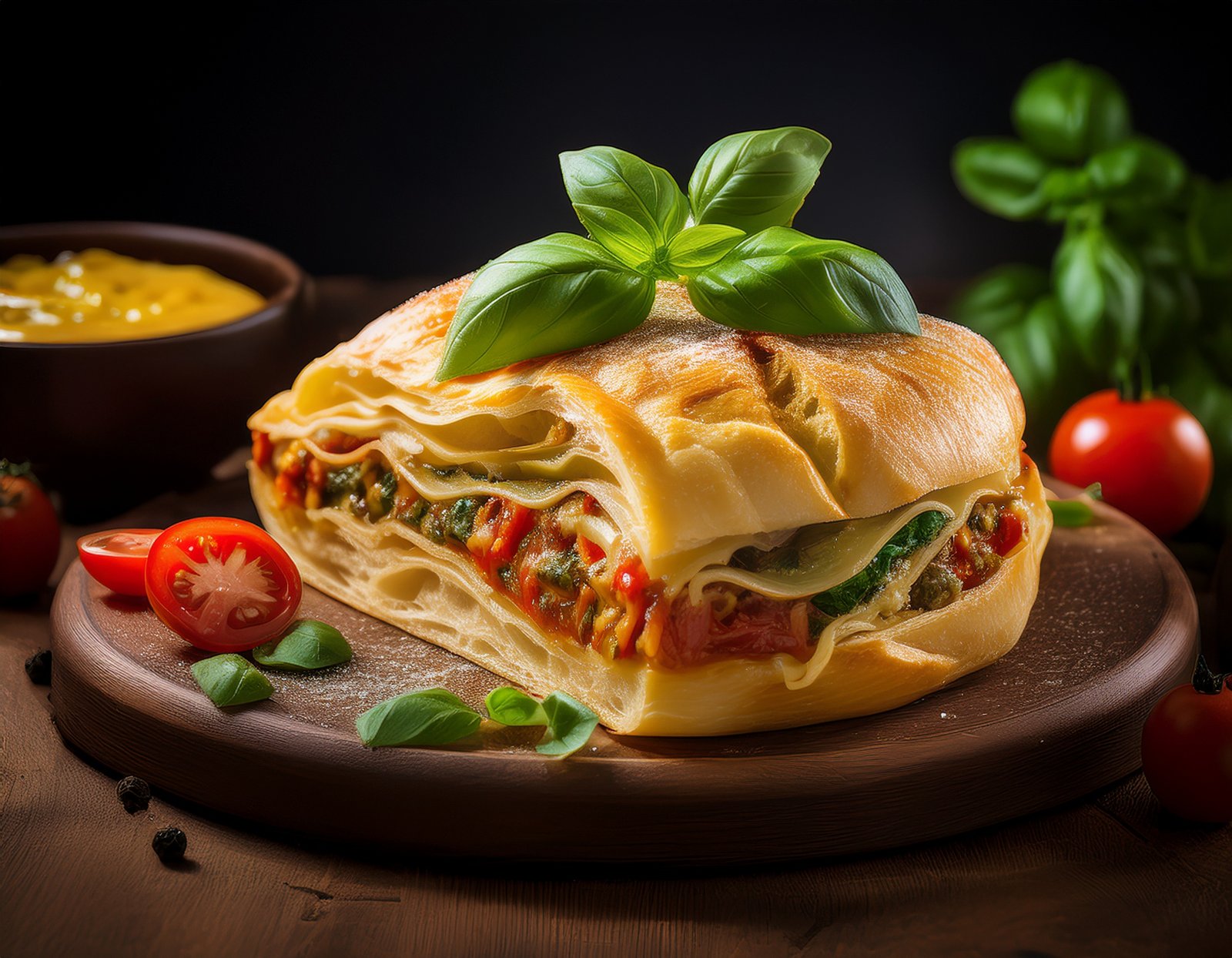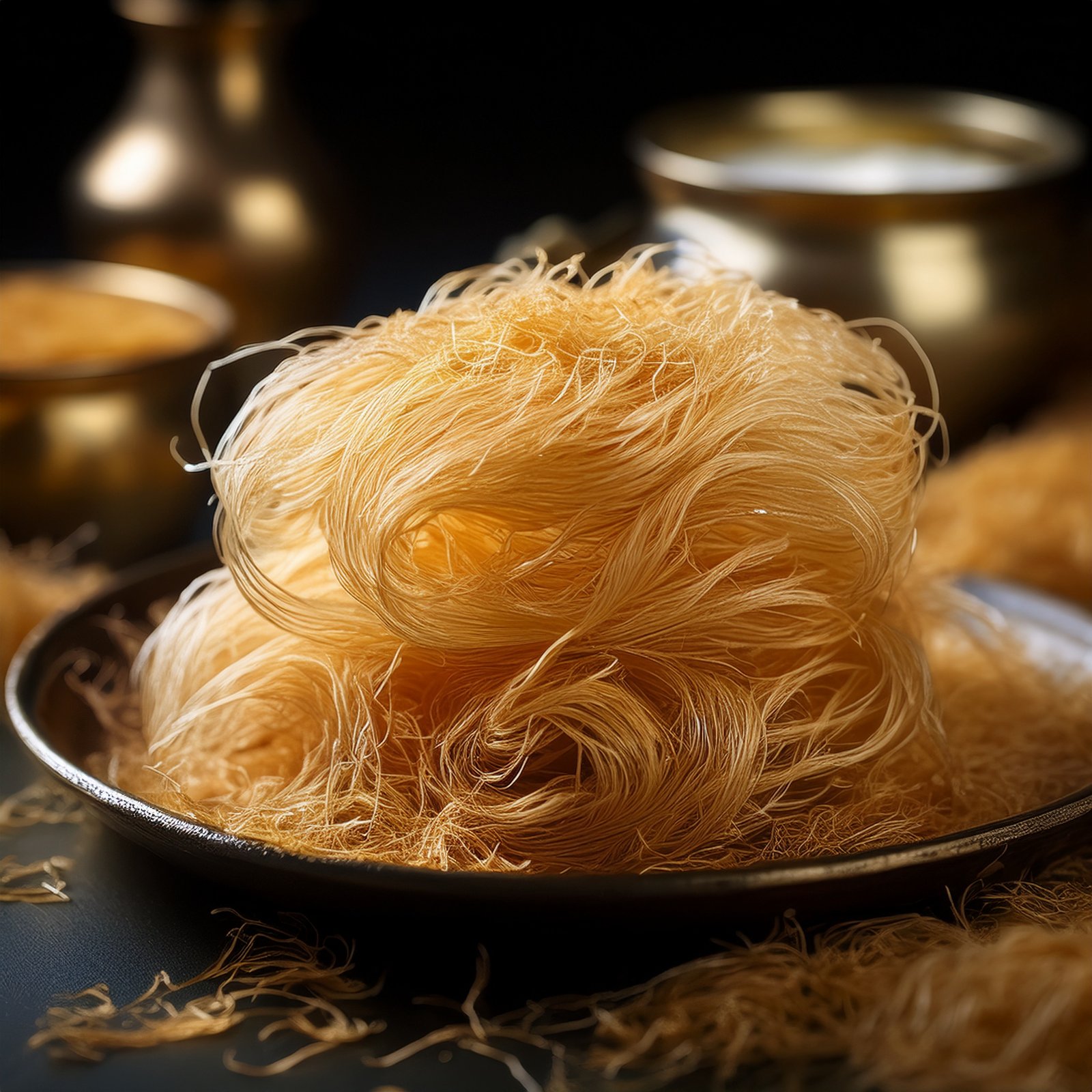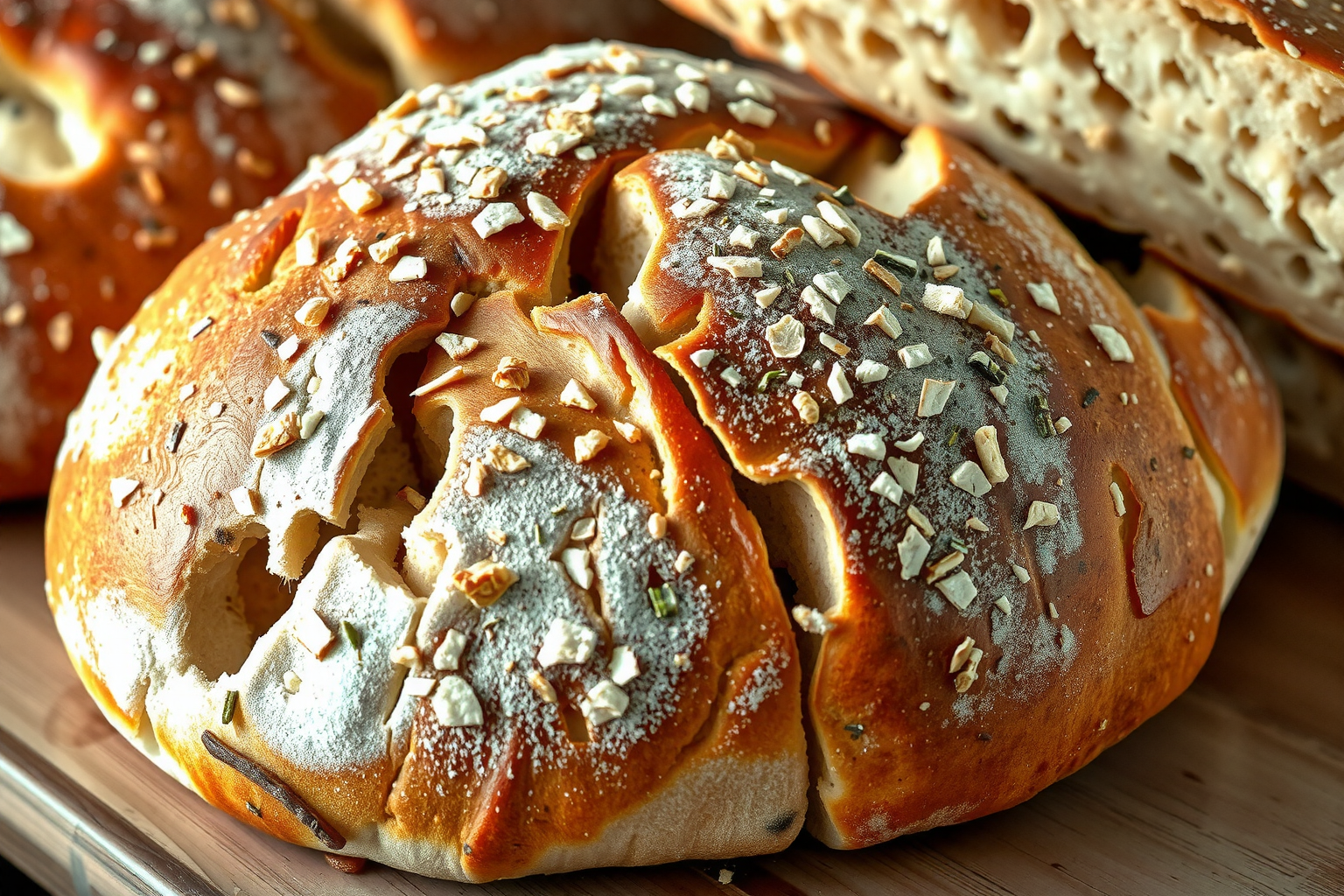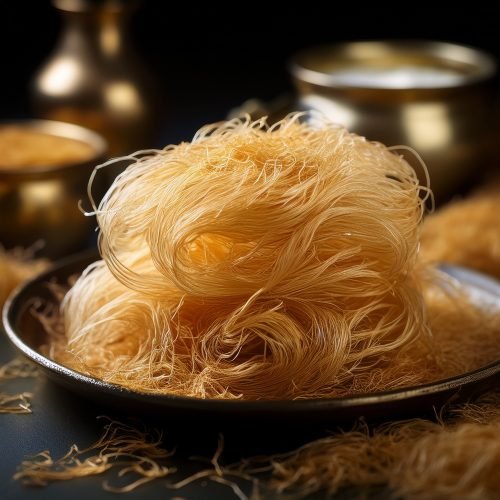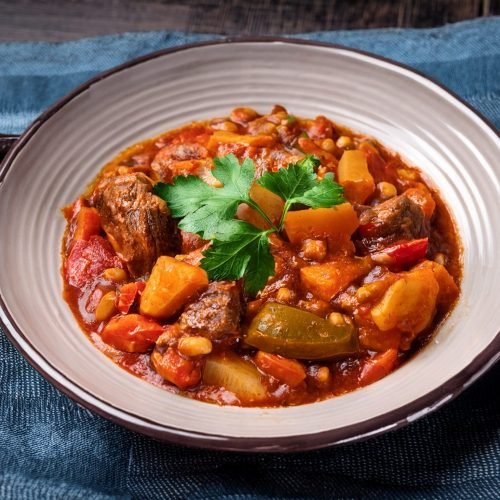Italian ciabatta is a flavorful and airy bread that is loved by many. The delicate flavor comes from the use of unique ingredients, the lightness comes from a careful process of dough creation, and the “bubble” patterns in the bread come primarily from the technique used during the process of leavening.
This article will provide a historical overview of Italian Ciabatta bread, a traditional recipe that has been used in Italy for generations and has been enjoyed by lovers of artisan bread around the world. We will begin by discussing the traditional ingredients used in Ciabatta bread, which can be found both in classic recipes and in modern adaptations. Following this we will discuss the unique process of yeast-free leavening, which creates the famous “air-pockets” in the bread. Finally, we will provide a step-by-step recipe for creating your very own delicious Italian Ciabatta bread at home.
Origin of Italian Ciabatta bread
Italian Ciabatta bread has been a staple of Italian cuisine since the 1980s, although it is believed that the origins of the recipe actually date back much farther. One of the most popular legends surrounding the creation of Ciabatta bread is that it sprung up in response to the industrialization of the Italian flour industry. In an effort to create a unique and traditional Italian bread recipe that would be appealing to the masses, it is believed that an industrious Italian took several traditional ingredients and combined them in a unique way to produce the first Ciabatta bread.
Traditional Ingredients for Ciabatta
The traditional recipe for Italian Ciabatta bread includes only three ingredients: flour, water and salt. These are mixed, kneaded, and then leavened with a combination of no less than three different types of yeast. In its most basic form, the only type of flour used in Ciabatta bread is wheat flour, which is often ground from wheat grown in the northern regions of Italy known as the Po Valley. Some variations of the recipe also call for a small amount of rye flour in order to produce a slightly heavier and more flavorful bread.
Yeast-Free Leavening
One of the key elements that sets Ciabatta bread apart from other types of Italian bread is its unique leavening process. In traditional recipes, no yeast is added to the dough, as it would be for most other types of bread. Instead, the dough is allowed to sit for an extended period of time, during which the natural yeast already present in the flour and water works to leaven the bread. This produces its famous “bubbly” texture and allows for a light and airy bread with a delicate flavor.
Recipe for Italian Ciabatta Bread
Now that you have learned the history and the unique process for creating Italian Ciabatta bread, it is time to roll up your sleeves and get to work! Below you will find a classic recipe for delicious Italian Ciabatta:
Ingredients:
– 500 grams wheat flour
– 125 grams rye flour
– 350 milliliters of water
– 15 grams of salt
Method:
1. In a large mixing bowl, combine the wheat and rye flours.
2. Add the salt and slowly add the water, mixing until a sticky dough is formed.
3. Once the dough is fully mixed, turn it out onto a generously floured surface and knead for 10 minutes.
4. Return the dough to the mixing bowl, cover with a clean towel and allow it to sit at room temperature for eight to ten hours. This will allow the natural yeast to raised the dough.
5. After the leavening period is completed, pre-heat your oven to 450 degrees.
6. Turn out your dough onto a lightly floured surface and divide into two equal portions.
7. Shape each portion into a round or oblong shape, and then lightly score the top with a sharp knife. This will allow the bread to expand evenly during the baking process.
8. Place the loaves onto a baking sheet lined with parchment paper and allow them to rest for 30 minutes.
9. When the loaves are ready, bake in the oven for 25 minutes or until golden brown.
The result: Two delicious loaves of authentic Italian Ciabatta bread. Enjoy!
In conclusion, it is apparent that Italian Ciabatta bread is a unique food that is both delicious and traditional. The recipe is simple and the effort is minimal, so why not give it a try? There is no better way to evoke the flavors of Italy than with a fresh baked loaf of Ciabatta!

